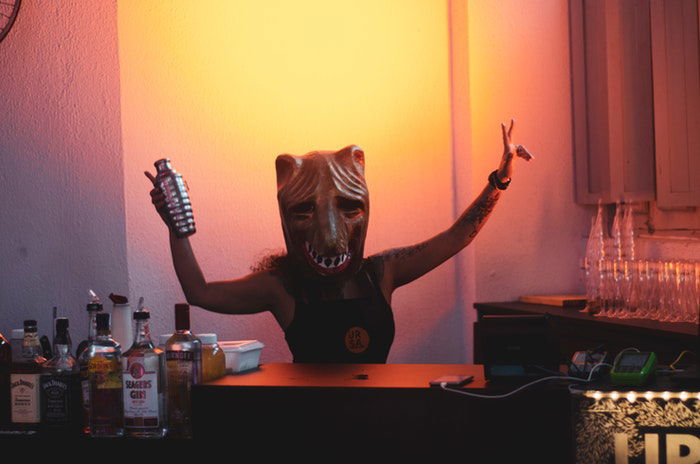Portrait Photography Pricing (How Much Should You Charge?)
Becoming a portrait photographer means joining an ever-evolving industry. More and more people are finding photography sessions as creative outlets and photography as a lucrative business.
There are some factors to take into consideration when you start an actual portrait photography business. One of them is portrait photography pricing.
Here is a complete pricing guide about how much you should charge for your portrait packages.
6. Cost of Doing Business in Portrait Photography Pricing
This is probably the first, if not the most important task you need to check off before starting a photography business. The other one is choosing what type of photography to specialize in.
Figuring out your photography prices can help you set up your business for profit. And you’ll keep costs low. It can also highlight where you need to allocate your resources and time while doing business.
Factor in any overhead costs. These include rented studio space, electricity and other services, your equipment costs, travel fees, and taxes.
You need to know what it is going to cost to keep and maintain your photography business. This will allow you to figure out how much you'll need to earn at a photoshoot in order to stay on top of the costs.

Also, factor in the cost of products if you're going to be offering prints, frames, and other photography products. Everything that you spend in order to run your business should be included.
There are a few resources out there via NPPA and PPA that help you figure out your costs. These include what you should be earning to cover any business expenses on a weekly or monthly basis.
5. Not All Portrait Photographers Are Considered Professionals
Something to take into account is how "professional" you want your actual photography business to be. Are you thinking of making this business your career?
Is this just a hobby that you're good at and are making some good upfront money? Or is this something that you are doing for a while but don't really consider it as a full-time gig?
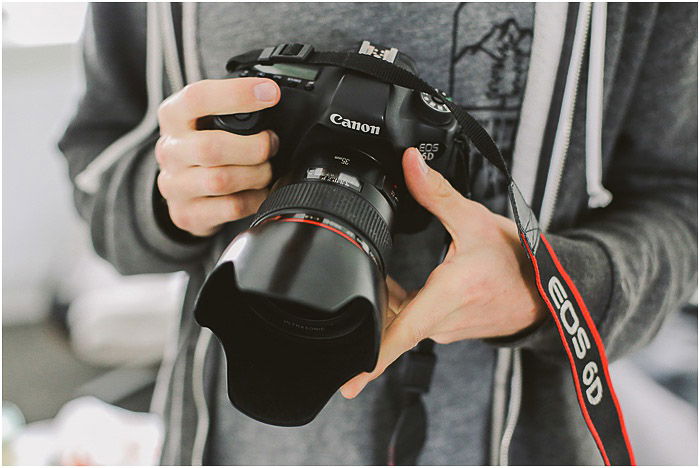
Answering the above questions can get you started in the right direction. You’ll figure out what kind of portrait photography business you want to set up.
Being a hobbyist can earn you some good money upfront. In the long run, it can hurt your business if you want to take it to the next level.
Learning and honing your craft is another crucial element of your business.
There are two main paths in the portrait photography business realm and those are:
- Shoot and burn
- Boutique / Fine art portrait studios
Shoot & Burn is probably the least lucrative model of portrait photography business that you can create. This means that you're photographing a family or portrait session and essentially sending off your clients with digital images of your work.
There is more upfront pay and perhaps a higher volume of clients. In the long term, this leads to burn out.
You’re also missing out on future earnings on prints, albums, and artwork. You're letting your clients go and print for themselves.
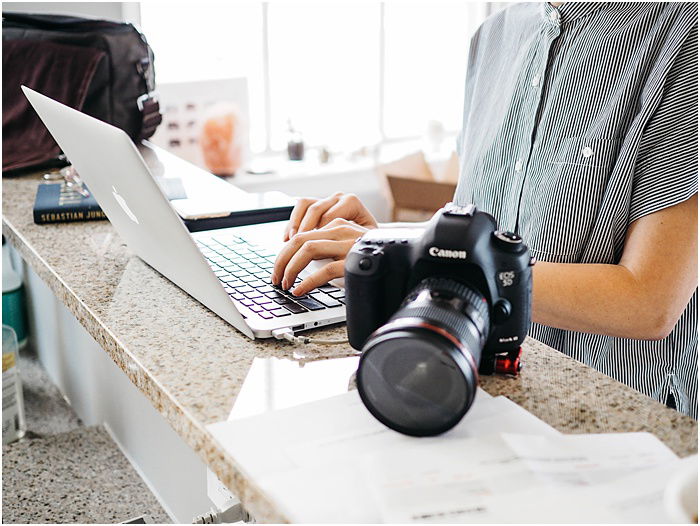
A shoot and burn photographer is also letting their clients choose where to print. It leaves the photographers to work at the mercy of a terrible or not professional printing service.
This can add weird coloration, retouching, or change your portrait photography style.
Shoot and burn photographers are often not taken as seriously as other studios because they don't offer much else.
Many hobbyists begin here as they work on their craft to gain more experience. The goal is to become more skilled in actual photography taking than the business side of things.
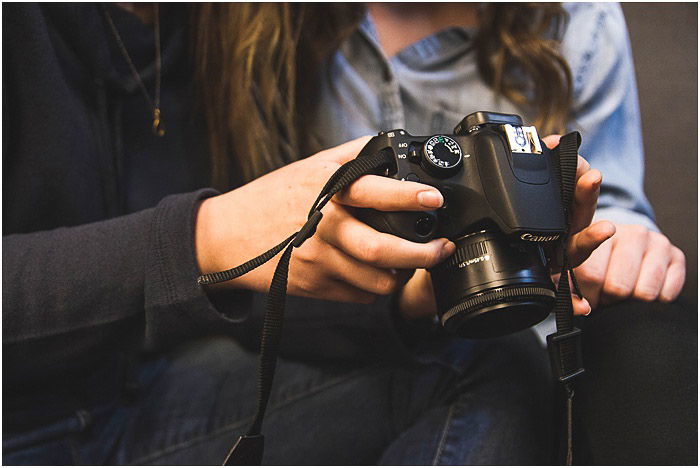
Now, let's look at some numbers for the shoot and burn photographer. Photographing at least 3 sessions per week at a session fee of $150 dollars is $450. From there you hand over the digital images and that's the end of it.
This type of portrait photographer can photograph many more family sessions per week at perhaps a higher rate. But in the end, they are handing over their product and calling it a day.
Once you deduct the cost of doing business, which is how much your expenses come out to before making a profit, this photographer is left with little or no profit.
In turn, they will have to photograph many more sessions in order to make ends meet.
Boutique/Fine Art photographer is a photographer that perhaps works from home. This keeps costs of doing business low in return. And instead of handing over their artwork, they are selling products to their clients.
This can include prints, frames, canvases, albums, and any other professional photography product that is high quality.
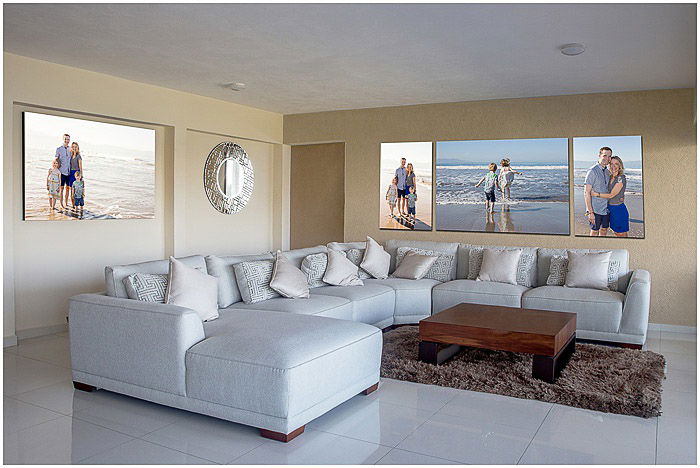
This photographer is shooting 3 sessions at a session fee of $150 making $450 per week. During the sales appointment where the photographer previews the photos with the client, they help them choose their favorites, and sell an average of $500 per session. Now, this photographer is making $1950 per week.
A boutique/fine art photographer is working the same amount. But they’re doing in-person sales appointments to make sure their clients get the products from an actual professional lab without handing over digital files that would result in a loss in profits.
4. How Much Would You Like to Work
In addition to figuring out what kind of photography business you'll be running, you'll also need to figure out how much you actually want to work.
Do you plan on having a studio with a studio manager? Do you plan on doing things from home and wearing all the hats?
How often would you ideally like to be spending time with clients? This means the consultations, photoshoots, and if you're doing in-person sales appointments.
This goes in hand with what your business expenses are and what you will need to earn in order to cover all of your business expenses.
For example, figure out how often you'd like to shoot. This could be three to four times a week for sessions, one day a week for consultations, and another for administrative tasks, like post-production and workflow.
Make a plan and work towards hitting those goals so that you can set up your photography business to be the right fit for the life you envision.
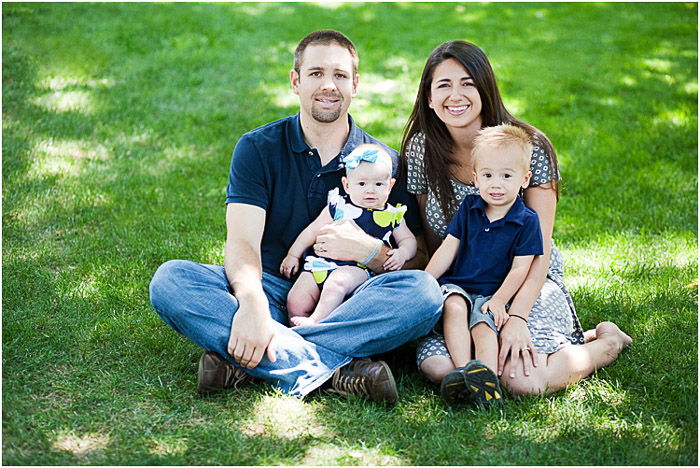
Once you have this figured out, you'll then need to start getting your name out there and getting clients into your business.
This is dependent on many factors. All photographers must figure out the best way to market their own photography business as no two businesses are the same.
3. Other Types of Photography Income
Portrait studios can also expand into the commercial realm and make additional projects and income. This means perhaps headshots, restaurant publicity photo sessions, advertising, or editorial shoots. It includes anything outside of regular portrait photography.
You can also make an additional income by photographing stock images and selling those online. There are various websites that offer photographers this opportunity.
Everyday consumers can use the photographs that you take and you make a profit.
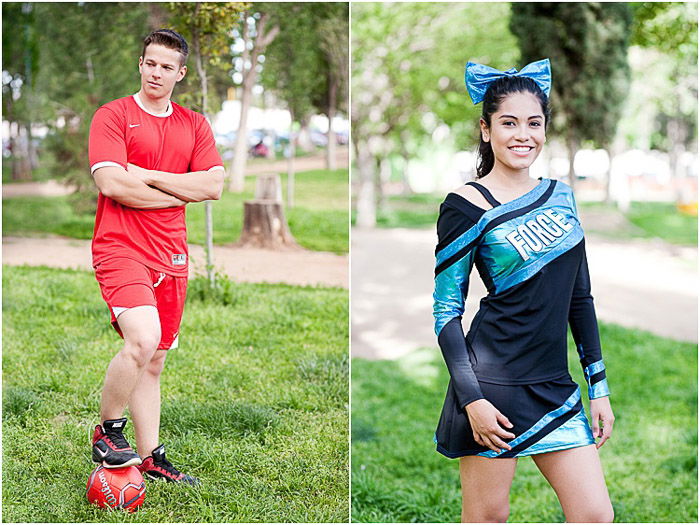
Workshops for the more skilled portrait photographer can give way to more earnings. And they’ll give you the expert status in the photography industry.
For any or all additional portrait photography earnings or opportunities, make sure that you have solid contracts.
State your terms and conditions fully so that you can make the most out of these opportunities without running into legal problems.

2. Figure Out What Makes You Special
It seems like every day there are more and more photographers competing for more work. In the beginning stages of your business planning, asses what makes you different from other photographers in your area.
What special product or service do you provide that others don't that could create more referrals for you?
Asking yourself this question will also help set you apart. It’ll create more of exclusivity of working and hiring yours for portraits.

Do you specialize in a certain type of photography that no one else does? Do you have a killer product that wows your clients and is the most requested item?
Or are you giving your clients the best experience while getting great images of them?
This will also keep current clients returning year after year because they get something from you that they don't get anywhere else.
This creates more photography sessions and opportunities for you that turns into more earnings and profit in the long run.
1. Learn Business
It's said that a photography business is 80% business and 20% actually photographing portrait sessions. If this is true, then you'll need to keep learning and growing in your experience as a business owner as well as a photographer.
There are lots of courses available for you to learn the business side of photography. This includes marketing, selling, social media managing, contract writing, licensing, and general administration of a business.

Many local government offices also offer help with tax breakdown of what you should be saving and paying.
They can also help you figure out any information on employee hiring, W-2 forms or 1099 forms, and what you need to pay for employees who work for you.
All of this can help you set up your business for success and minimize any headaches later on in your business journey.
Portrait studios have a long history of being very profitable especially if they are set up correctly right from the beginning.
Conclusion
There isn't an exact amount of money that a portrait photographer can make in a year. But you can take advantage of these tips in order to maximize your opportunities and set your business up for long-term success.



